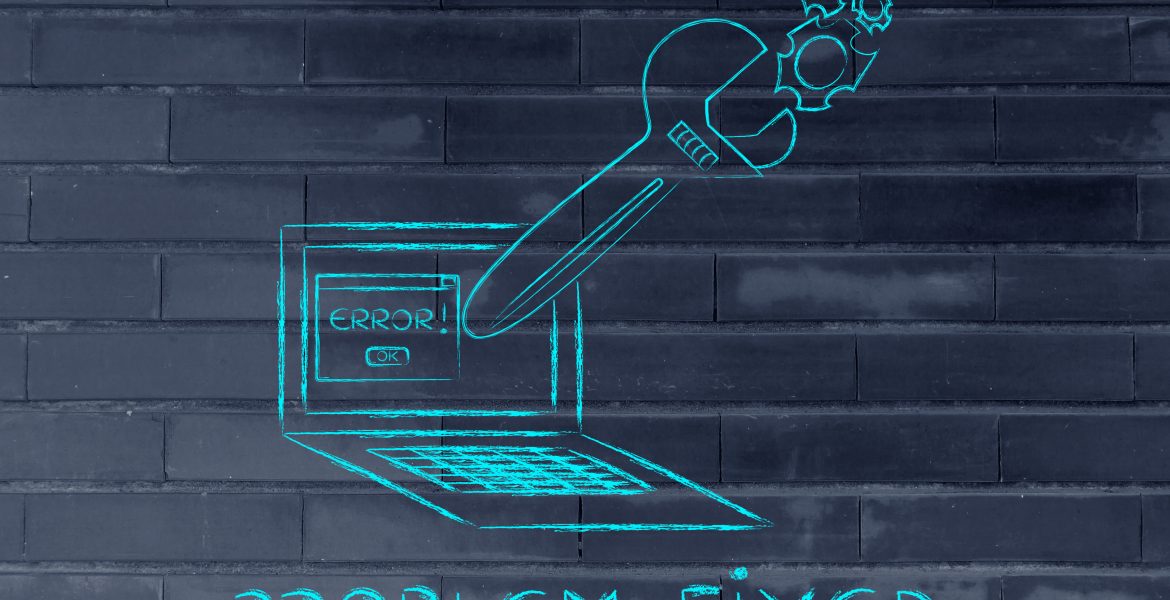Create your password!
Recently, the number of passwords getting cracked by cyber hackers has increased (NCSC, 2017). In the 21st Century, passwords have become essential as they ensure the security and confidentiality of the data that is stored on the workstations. Passwords are cracked in many ways:
Interception: The hacker will simply intercept your password as it is transmitted over a network.
Brute Force: Automated guessing of passwords until the correct one is found.
Manual Guessing: Personal Information, such as name and date of birth can be used to guess common passwords. (London123, Emily2018, etc)
Key Logging: Installed keylogger intercepts passwords as they are typed.
One of the concerns that comes when creating passwords is the fear of forgetting them. There are key points of password security that users must know to reduce the likelihood of a hacker cracking their password and thus gaining access to their device.
Step #1 – Applying the Basics
Despite knowing that we should not use the common “London123”, or other similar common passwords, as a society, we tend to choose the easier, common password in the fear of forgetting the more complex and secure one.
Tips: Do not use personal information, or phrase of special importance to you. These are the kind of information that can be found by a hacker by doing a little bit of digging.
Step #2 – Do not Share passwords
Cyber hackers often attempt to exploit staff through their e-mails, and fake links asking for login details. Make sure that you do not click on links if the sender is unknown to you.
Tips: Do not open e-mails when you do not know the sender. Remember to only use your log in details on official websites and train your staff against e-mail threats.
Step #3 – Make sure the password is complex
A complex password should be at least 8 characters, with numbers and capital letters. Use a mix of different types of characters to make the password harder to crack.
Tips: Do not use obvious dictionary words or obvious substitutions. For example, “l0nd0n” is not strong just because you replaced an “o” with a “zero”.
Step #4 – Generate distinct passwords for separate accounts
You can use a similar base words to help you remember your passwords easily without making them too easy to crack. For example, you can use “CaLeMiLe18” and “18CaLeMiLe”.
Tips: Avoid writing down the passwords as it can be easily lost or stolen by somebody. Try to remember the password and use a two-factor authentication for maximum protection.
At CSE Agency, we do not only provide Cyber Security packages, but we can also train your staff and assist them in making strong passwords for their workstations and avoid making the common mistakes. Most of the attacks start from an employee sharing their password or not making it complex enough, allowing the hacker to infiltrate the system and steal personal data.
If you have been breached, do not hesitate to contact our response team and we will be happy to assist.


